

RÖBBIG NEWS VII - 2021 - A Royal gift to the Spanish ambassador in Venice
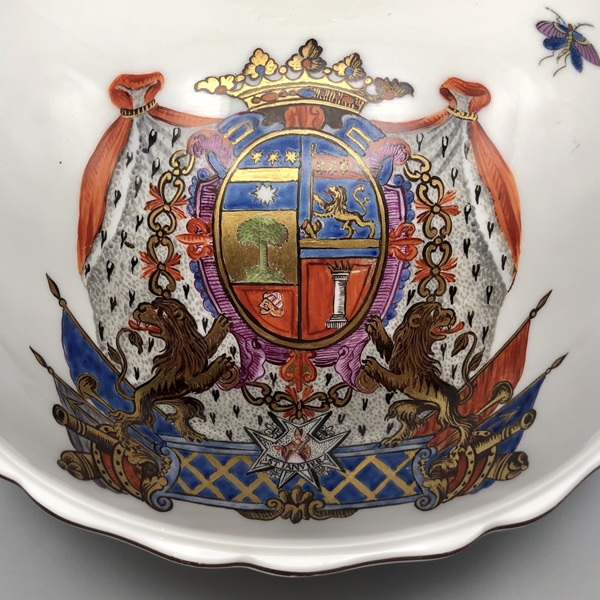
03/09/2021
Dear clients and friends,
After a rainy summer, we are pleased to report back from Brienner Strasse 25.
We would like to dedicate this newsletter to a very unusual object, namely a rare Meissen domed cover depicting the coat of arms of the Spanish ambassador in Venice from c. 1741.
Should you have any questions about the object, please do not hesitate to contact us at any time.
We hope you enjoy reading this article and remain with kind regards.
Alfredo Reyes, Sarah-Katharina Andres-Acevedo and David J. Ranftl.
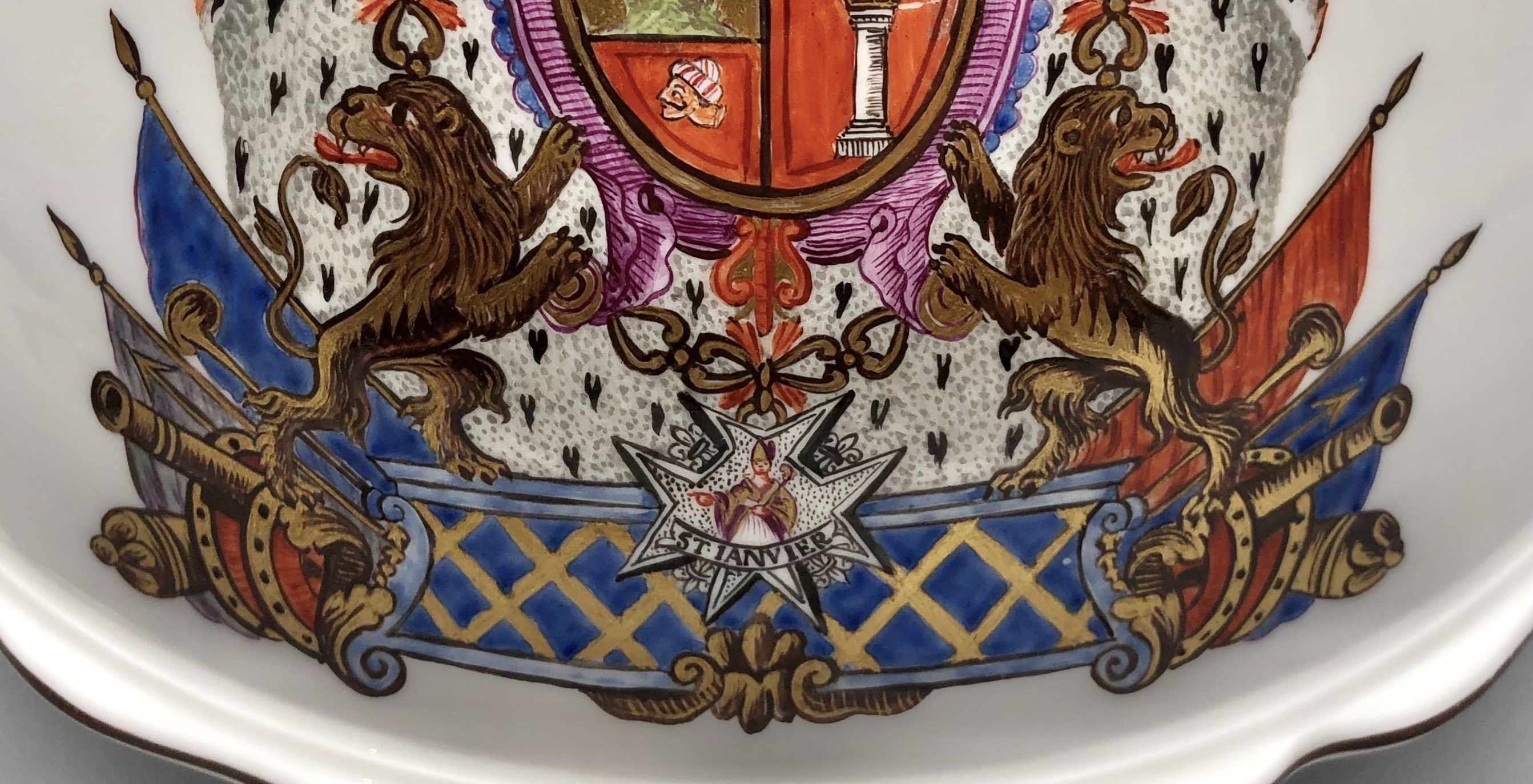
A MEISSEN ARMORIAL DOMED COVER (WÄRMEGLOCKE) WITH GILTBRONZE FOLIATE FINIAL FROM THE SERVICE GIVEN TO DON LUIGI REGGIO E BRANCIFORTE IV (1677-1757), KNOWN AS PRINCE OF CAMPOFLORIDO AND SPANISH AMBASSADOR TO VENICE BETWEEN 1737 AND 1740
Meissen, c. 1741
Underglaze blue crossed swords mark
H. 19 cm, diam. 27 cm
Meissen, c. 1741
Underglaze blue crossed swords mark
H. 19 cm, diam. 27 cm
Literature:
Maureen Cassidy-Geiger, Princes and Porcelain on the Grand Tour of Italy, in: exh. cat. Fragile Diplomacy. Meissen porcelain for European courts ca. 1710-63, edited by Maureen Cassidy-Geiger, New York, Bard Graduate Center for Studies in the Decorative Arts, Design and Culture, 15.11.2007- 10.02.2008, New Haven, 2007, pp. 208-255 – Dieter Hoffmeister, Meissener Porzellan des 18. Jahrhunderts: Katalog der Sammlung Hoffmeister, 2 vols. Hamburg, 1999.
For comparison:
A domed cover formerly in the Hoffmeister Collection (published in Hoffmeister 1999, col. II, no. 373 and Cassidy-Geiger 2007, p. 228, fig. 10-42); a covered tureen formerly in the collection of Michele Beiny Harkins, New York (published in Cassidy-Geiger 2007, p. 229, fig. 10-43).
Presented bell-shaped domed cover with restrained indian flower decoration and a gilt-bronze foliate finial bears the coatof-arms of Don Luigi Reggio e Branciforte, known as the prince of Campoflorido. The Campoflorido arms on this service include ermine and the Order of St. Januarius, which was established by the King of Naples on 8 July 1738 to commemorate his marriage to Princess Maria Amalia of Saxony (see Cassidy-Geiger 2007, p. 228). Campoflorido was the Spanish ambassador to Venice at the time of Crown Prince Friedrich Christian of Saxony's Grand Tour of Italy between 1738 and 1740. The service is thought to have been given as a gift in gratitude for Campoflorido's hospitality during the crown prince's stay in Venice in 1740 (see Cassidy-Geiger 2007, pp. 228-229).
The service in its entirety was much admired in 1745 by the duc de Luynes, when he observed it in use at a dinner in Campoflorido's home in Paris, and he made particular note of the domed covers, or 'cloches': 'There were two occasions for this meal: the happy delivery of a baby by the Queen of Two Sicilies (even though some time had passed, Mr. de Campoflorido had not given a meal since); the other occasion the birth of Mme Infanté, who was born on the 14th of this month. We noted a very beautiful porcelain service which was used at both tables; it displayed the coat of arms of the ambassador; it seemed quite substantial; there are even covers to go over the plates. The Royal Prince of Poland, on his way to see his sister in Naples, passed through Venice, and was well received by Mr. de Campoflorido. He (the Prince of Poland) gave him (Mr. de Campoflorido) a gift and has added to it since then. M. the Ambassador, desiring a few more pieces, had sent money to Dresden. The King of Poland, however, after finding out that it was for him, commanded that his money be sent back to him and that he be sent the porcelain he desired.' (quoted after Cassidy-Geiger 2007, p. 229).
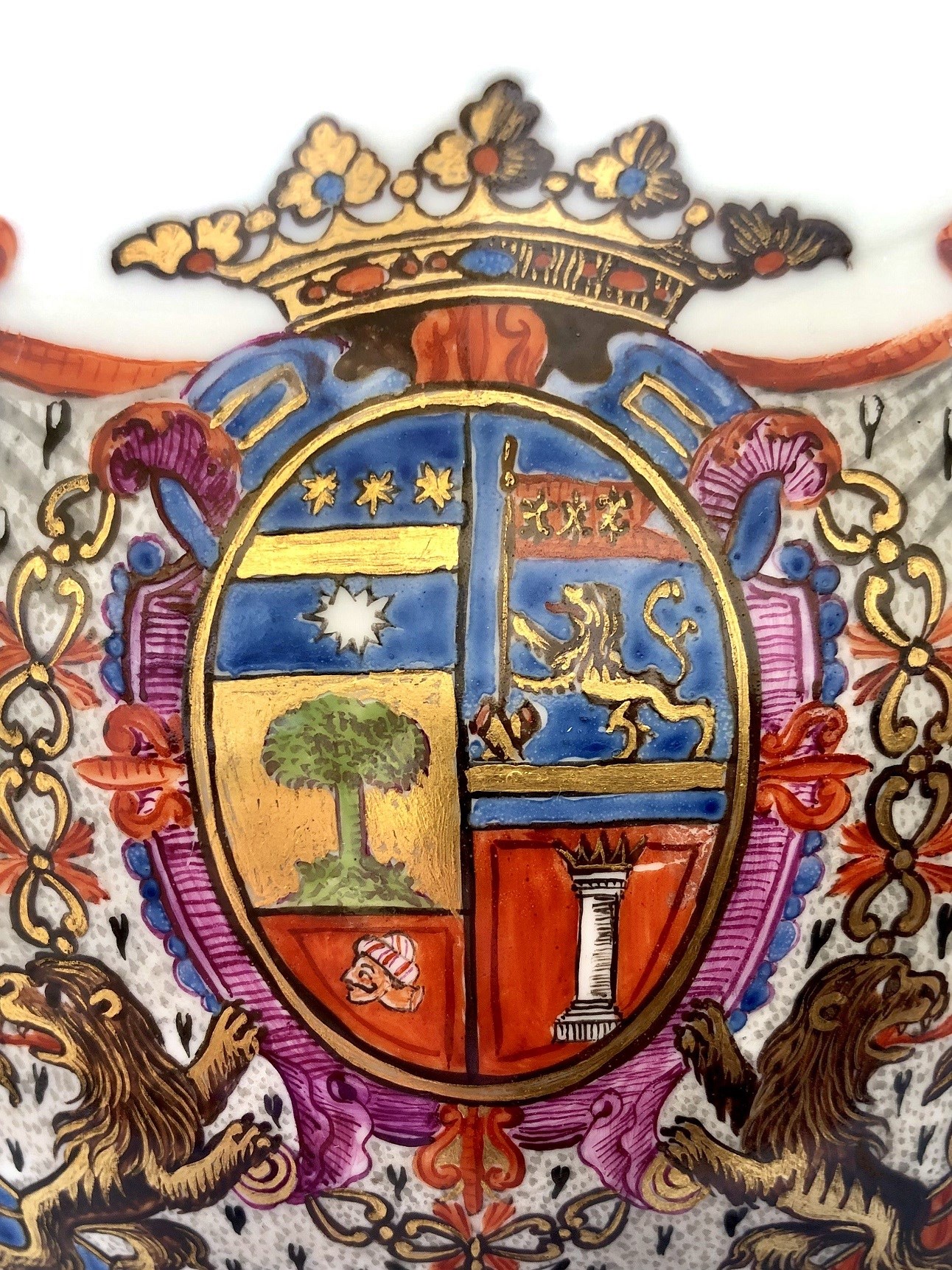
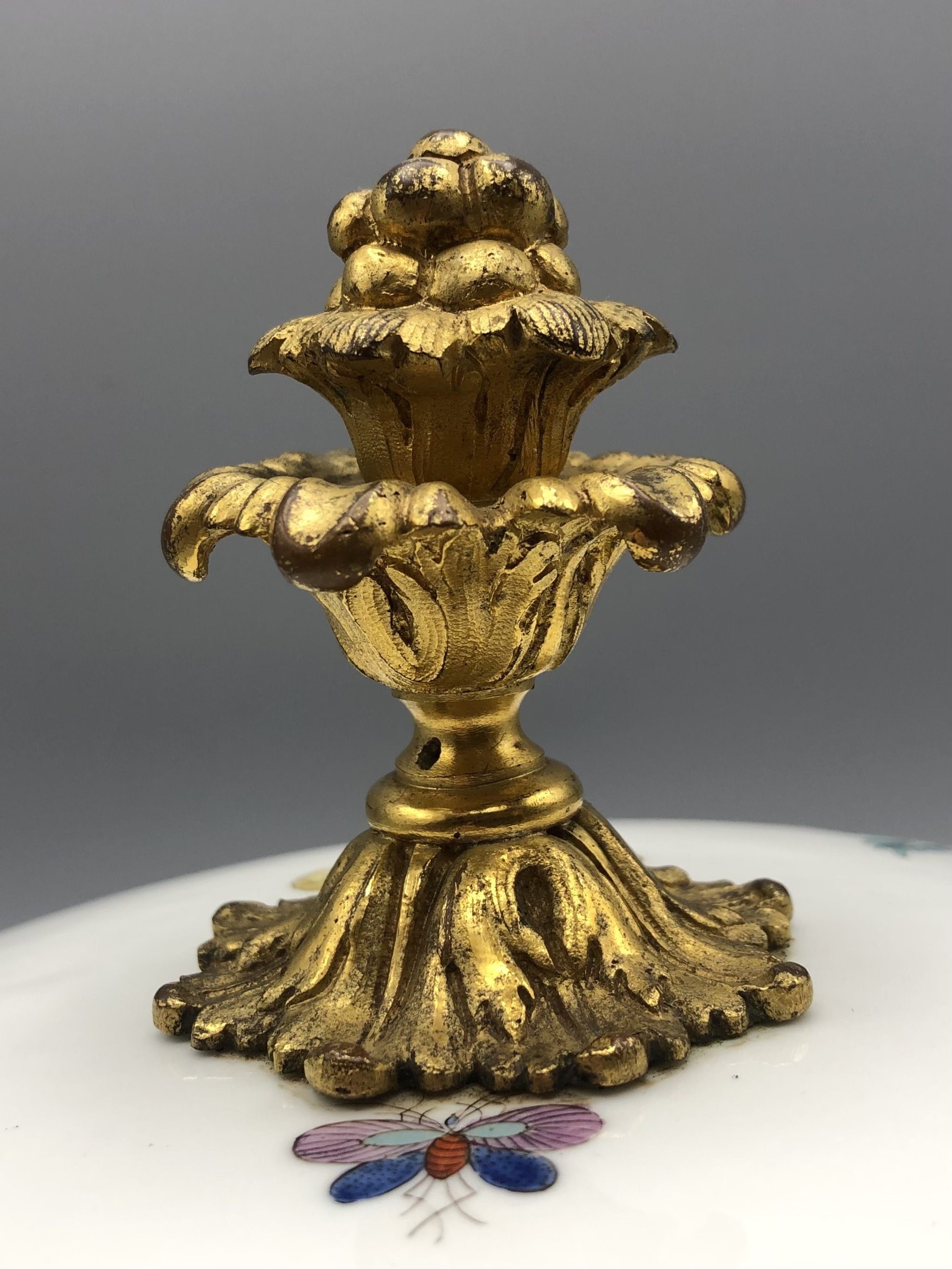
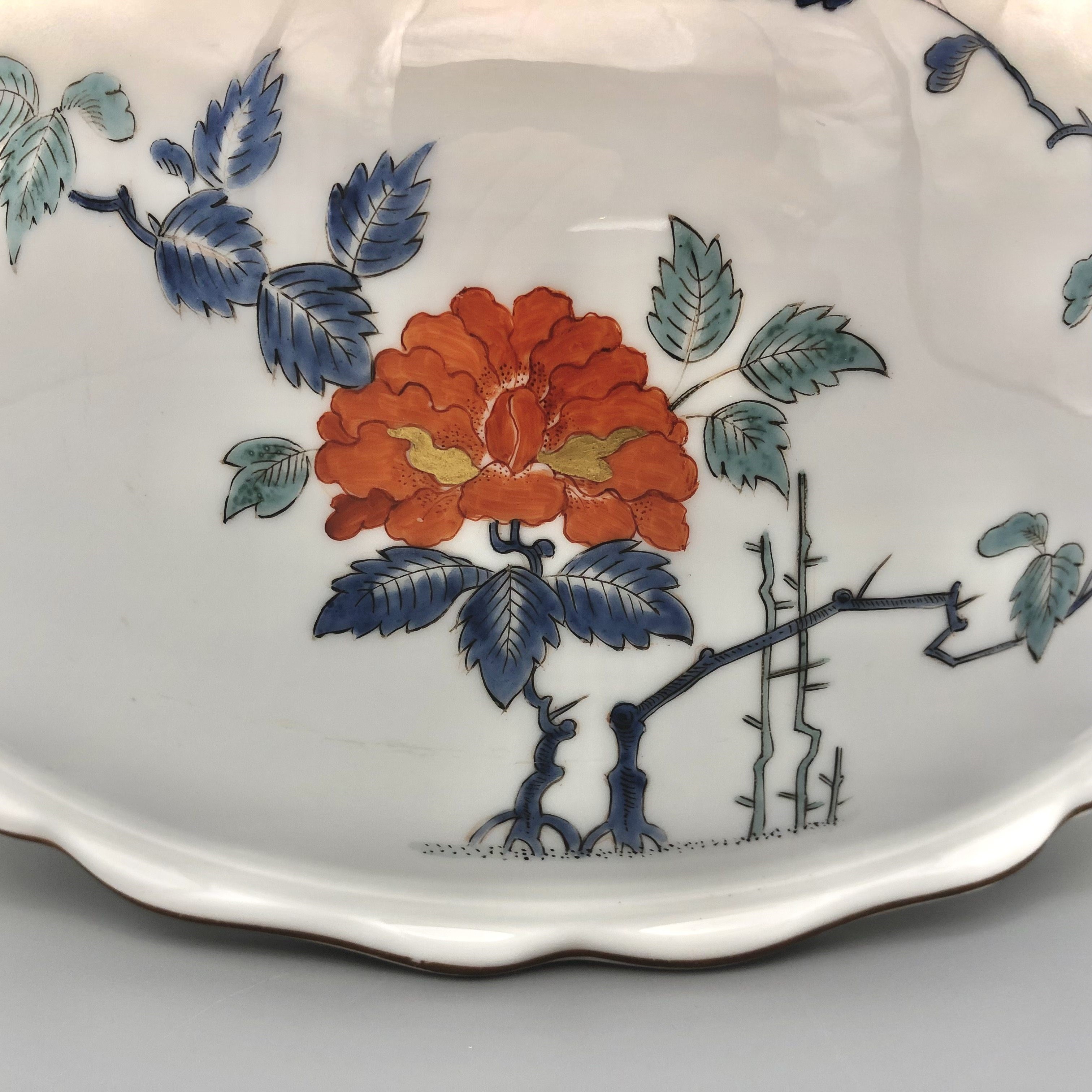
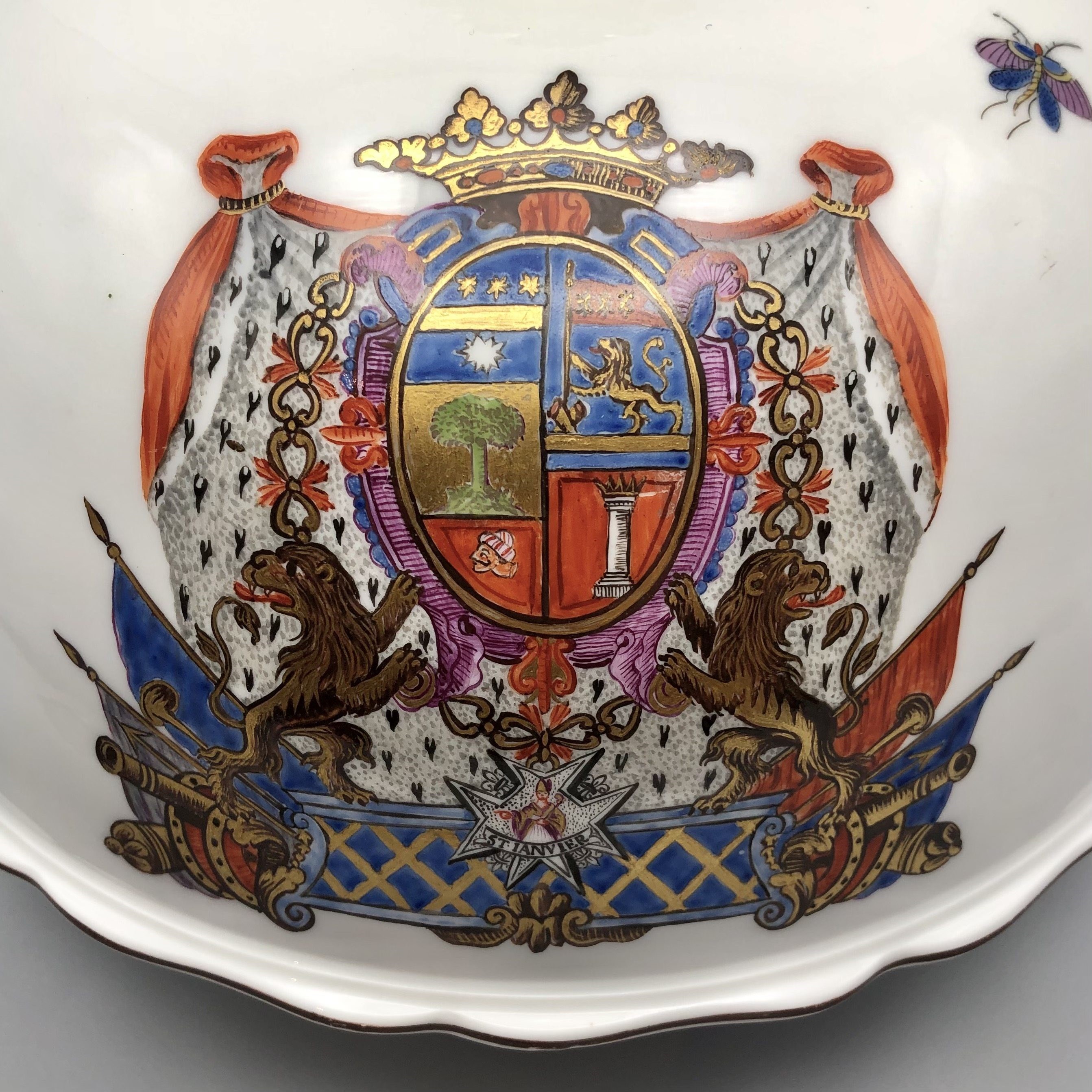
Campoflorido also received an armorial tea, coffee and chocolate service, the arms of which do not include the Order of St. Januarius, which suggests that this service probably predates the larger table service. This is supported by the fact that the smaller service has impressed Dreher's marks, which also suggests a date of manufacture before 1739, whereas the table service has impressed numerals. This may explain the reference in a letter of January 1740, in which the Saxon agent in Venice wrote to Count Brühl that he had mentioned to Prince Campoflorido that the porcelain promised to him would be ready in February, yet the table service is not mentioned in the manufactory work reports until June 1741, although it is possible that existing models were used prior to this date.
Intriguingly, Count Brühl wrote to the Saxon agent in Venice in December 1740, requesting another rendering of Campoflorido's arms, since the original at Meissen had been lost: ‘you may have Prince Campoflorido’s Arms. Would you please send them to me since the drawing which was done of them at the Porcelain factory has been lost’ (quoted by Cassidy-Geiger 2007, p. 229). It is possible that the agent's mention of porcelain in January 1740 refers to the earlier tea, coffee, and chocolate service, and that the new rendering of the arms - presumably including the Order of St. Januarius - was used for the table service some 18 months or so later.

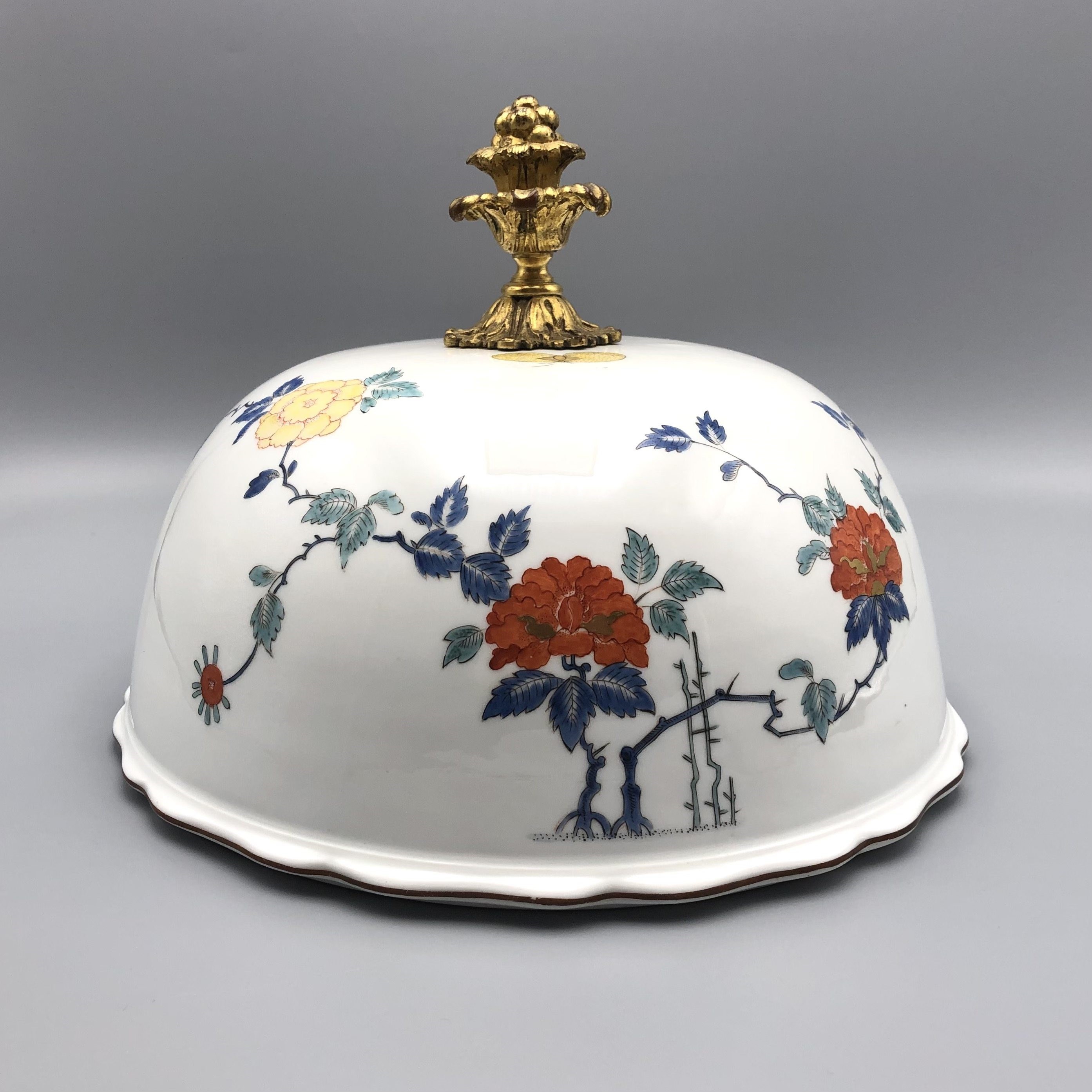

Contact:
Röbbig München
Rienner Strasse 25 – DE-80333 Munich
Tel +49 89 299758 - info@roebbig.de – www.roebbig.de